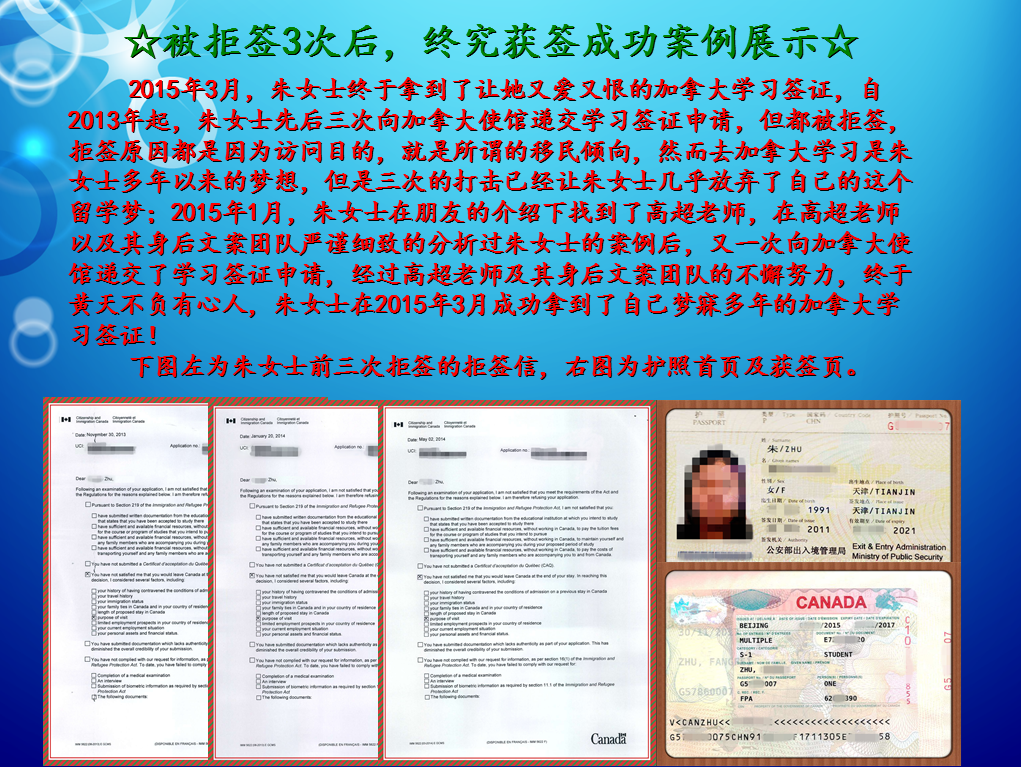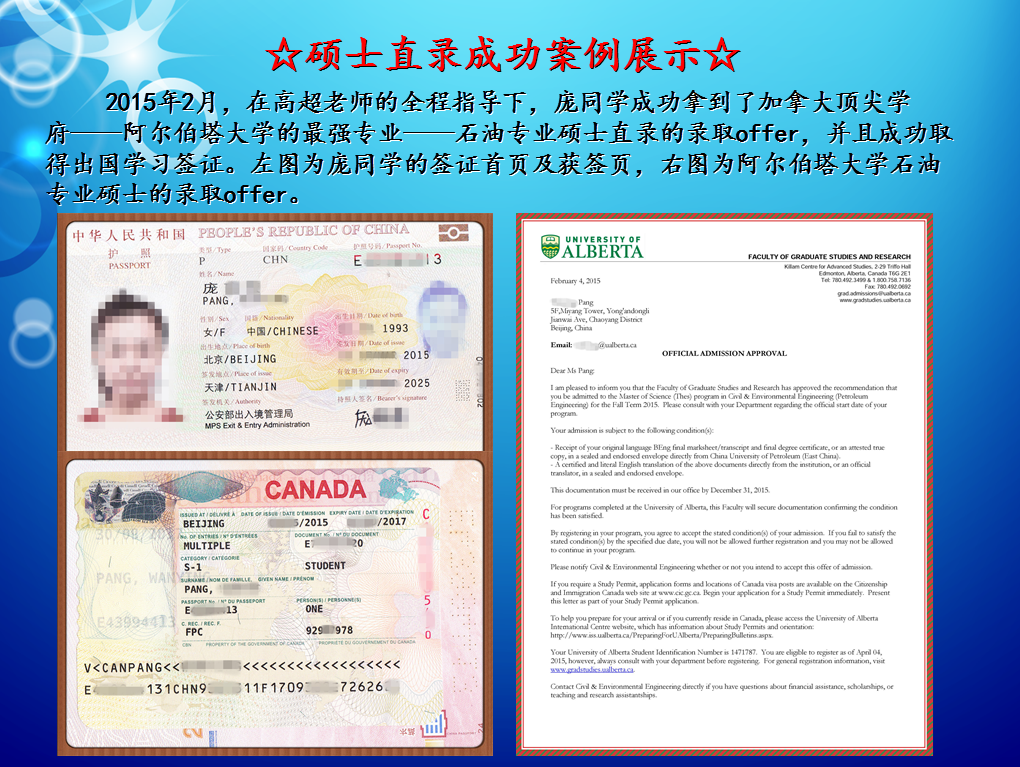GMAT阅读63篇Passage 7(附答案).
2017-08-11 292阅读
为了帮助大家复习,本站特为大家整理出GMAT阅读63篇,并附有参考答案,希望大家能够在GMAT阅读考试中获得高分!
Between the eighth and eleventh centuries A. D., the Byzantine Empire staged (to produce or cause to happen for public view or public fect “stage a track meet” “stage a hunger strike”) an almost unparalleled economic and cultural revival, a recovery that is all the more striking because it followed a long period of severe internal decline. By the early eighth century, the empire had lost roughly two-thirds of the territory it had possessed in the year 600, and its remaining area was being raided by Arabs and Bulgarians, who at times (at times: adv.有时, 不时) threatened to take Constantinople and extinguish the empire altogether. The wealth of the state and its subjects was greatly diminished, and artistic and literary production had virtually ceased. By the early eleventh century, however, the empire had regained almost half of its lost possessions, its new frontiers were secure, and its influence extended far beyond its borders. The economy had recovered, the treasury was full, and art and scholarship had advanced.
To consider the Byzantine military, cultural, and economic advances as differentiated aspects of a single phenomenon is reasonable. After all, these three forms of progress have gone together in a number of states and civilizations. Rome under Augustus and fifth-century Athens provide the most obvious examples in antiquity. Moreover, an examination of the apparent sequential connections among military, economic, and cultural forms of progress might help explain the dynamics of historical change.
The common explanation of these apparent connections in the case of Byzantium would run like this: when the empire had turned back enemy raids on its own territory and had begun to raid and conquer enemy territory, Byzantine resources naturally expanded and more money became available to patronize art and literature. Therore, Byzantine military achievements led to economic advances, which in turn led to cultural revival.
No doubt this hypothetical pattern did apply at times during the course of the recovery. Yet it is not clear that military advances invariably came first, economic advances second, and intellectual advances third. In the 860’s the Byzantine Empire began to recover from Arab incursions so that by 872 the military balance with the Abbasid Caliphate had been permanently altered in the empire’s favor. The beginning of the empire’s economic revival, however, can be placed between 810 and 830. Finally, the Byzantine revival of learning appears to have begun even earlier. A number of notable scholars and writers appeared by 788 and, by the last decade of the eighth century, a cultural revival was in full bloom (in full bloom: adv.开着花), a revival that lasted until the fall of Constantinople in 1453. Thus the commonly expected order of military revival followed by economic and then by cultural recovery was reversed in Byzantium. In fact, the revival of Byzantine learning may itself have influenced the subsequent economic and military expansion.
1. Which of the following best states the central idea of the passage?
(A) The Byzantine Empire was a unique case in which the usual order of military and economic revival preceding cultural revival was reversed.
(B) The economic, cultural, and military revival in the Byzantine Empire between the eighth and eleventh centuries was similar in its order to the sequence of revivals in Augustan Rome and fifth century Athens.
(C) After 810 Byzantine economic recovery spurred a military and, later, cultural expansion that lasted until 1453.
(D) The eighth-century revival of Byzantine learning is an inexplicable phenomenon, and its economic and military precursors have yet to be discovered.
(E) The revival of the Byzantine Empire between the eighth and eleventh centuries shows cultural rebirth preceding economic and military revival, the reverse of the commonly accepted order of progress.
2. The primary purpose of the second paragraph is which of the following?
(A) To establish the uniqueness of the Byzantine revival
(B) To show that Augustan Rome and fifth-century Athens are examples of cultural, economic, and military expansion against which all subsequent cases must be measured
(C) To suggest that cultural, economic, and military advances have tended to be closely interrelated in different societies
(D) To argue that, while the revivals of Augustan Rome and fifth-century Athens were similar, they are unrelated to other historical examples
(E) To indicate that, wherever possible, historians should seek to make comparisons with the earliest chronological examples of revival
3. It can be inferred from the passage that by the eleventh century the Byzantine military forces
(A) had reached their peak and begun to decline
(B) had eliminated the Bulgarian army
(C) were comparable in size to the army of Rome under Augustus
(D) were strong enough to withstand the Abbasid Caliphate’s military forces
(E) had achieved control of Byzantine governmental structures
4. It can be inferred from the passage that the Byzantine Empire sustained significant territorial losses
(A) in 600
(B) during the seventh century
(C) a century after the cultural achievements of the Byzantine Empire had been lost
(D) soon after the revival of Byzantine learning
(E) in the century after 873
5. In the third paragraph, the author most probably provides an explanation of the apparent connections among economic, military, and cultural development in order to
(A) suggest that the process of revival in Byzantium accords with this model
(B) set up an order of events that is then shown to be not generally applicable to the case of Byzantium
(C) cast aspersions on traditional historical scholarship about Byzantium
(D) suggest that Byzantium represents a case for which no historical precedent exists
(E) argue that military conquest is the paramount element in the growth of empires
6. Which of the following does the author mention as crucial evidence concerning the manner in which the Byzantine revival began?
(A) The Byzantine military revival of the 860’s led to economic and cultural advances.
(B) The Byzantine cultural revival lasted until 1453.
(C) The Byzantine economic recovery began in the 900’s.
(D) The revival of Byzantine learning began toward the end of the eighth century.
(E) By the early eleventh century the Byzantine Empire had regained much of its lost territory.
7. According to the author, “The common explanation” (line 28) of connections between economic, military, and cultural development is
(A) revolutionary and too new to have been applied to the history of the Byzantine Empire
(B) reasonable, but an antiquated theory of the nature of progress
(C) not applicable to the Byzantine revival as a whole, but does perhaps accurately describe limited periods during the revival
(D) equally applicable to the Byzantine case as a whole and to the history of military, economic, and cultural advances in ancient Greece and Rome
(E) essentially not helpful, because military, economic, and cultural advances are part of a single phenomenon
参考答案:ECDB BDC
GMAT阅读63篇Passage 7(附答案)GMAT阅读为了帮助大家复习,本站特为大家整理出GMAT阅读63篇,并附有参考答案,希望大家能够在GMAT阅读考试中获得高分!
Between the eighth and eleventh centuries A. D., the Byzantine Empire staged (to produce or cause to happen for public view or public fect “stage a track meet” “stage a hunger strike”) an almost unparalleled economic and cultural revival, a recovery that is all the more striking because it followed a long period of severe internal decline. By the early eighth century, the empire had lost roughly two-thirds of the territory it had possessed in the year 600, and its remaining area was being raided by Arabs and Bulgarians, who at times (at times: adv.有时, 不时) threatened to take Constantinople and extinguish the empire altogether. The wealth of the state and its subjects was greatly diminished, and artistic and literary production had virtually ceased. By the early eleventh century, however, the empire had regained almost half of its lost possessions, its new frontiers were secure, and its influence extended far beyond its borders. The economy had recovered, the treasury was full, and art and scholarship had advanced.
To consider the Byzantine military, cultural, and economic advances as differentiated aspects of a single phenomenon is reasonable. After all, these three forms of progress have gone together in a number of states and civilizations. Rome under Augustus and fifth-century Athens provide the most obvious examples in antiquity. Moreover, an examination of the apparent sequential connections among military, economic, and cultural forms of progress might help explain the dynamics of historical change.
The common explanation of these apparent connections in the case of Byzantium would run like this: when the empire had turned back enemy raids on its own territory and had begun to raid and conquer enemy territory, Byzantine resources naturally expanded and more money became available to patronize art and literature. Therore, Byzantine military achievements led to economic advances, which in turn led to cultural revival.
No doubt this hypothetical pattern did apply at times during the course of the recovery. Yet it is not clear that military advances invariably came first, economic advances second, and intellectual advances third. In the 860’s the Byzantine Empire began to recover from Arab incursions so that by 872 the military balance with the Abbasid Caliphate had been permanently altered in the empire’s favor. The beginning of the empire’s economic revival, however, can be placed between 810 and 830. Finally, the Byzantine revival of learning appears to have begun even earlier. A number of notable scholars and writers appeared by 788 and, by the last decade of the eighth century, a cultural revival was in full bloom (in full bloom: adv.开着花), a revival that lasted until the fall of Constantinople in 1453. Thus the commonly expected order of military revival followed by economic and then by cultural recovery was reversed in Byzantium. In fact, the revival of Byzantine learning may itself have influenced the subsequent economic and military expansion.
1. Which of the following best states the central idea of the passage?
(A) The Byzantine Empire was a unique case in which the usual order of military and economic revival preceding cultural revival was reversed.
(B) The economic, cultural, and military revival in the Byzantine Empire between the eighth and eleventh centuries was similar in its order to the sequence of revivals in Augustan Rome and fifth century Athens.
(C) After 810 Byzantine economic recovery spurred a military and, later, cultural expansion that lasted until 1453.
(D) The eighth-century revival of Byzantine learning is an inexplicable phenomenon, and its economic and military precursors have yet to be discovered.
(E) The revival of the Byzantine Empire between the eighth and eleventh centuries shows cultural rebirth preceding economic and military revival, the reverse of the commonly accepted order of progress.
2. The primary purpose of the second paragraph is which of the following?
(A) To establish the uniqueness of the Byzantine revival
(B) To show that Augustan Rome and fifth-century Athens are examples of cultural, economic, and military expansion against which all subsequent cases must be measured
(C) To suggest that cultural, economic, and military advances have tended to be closely interrelated in different societies
(D) To argue that, while the revivals of Augustan Rome and fifth-century Athens were similar, they are unrelated to other historical examples
(E) To indicate that, wherever possible, historians should seek to make comparisons with the earliest chronological examples of revival
上12下
共2页
阅读全文留学咨询
更多出国留学最新动态,敬请关注澳际教育手机端网站,并可拨打咨询热线:400-601-0022
留学热搜
相关推荐
- 专家推荐
- 成功案例
- 博文推荐

Copyright 2000 - 2020 北京澳际教育咨询有限公司
www.aoji.cn All Rights Reserved | 京ICP证050284号
总部地址:北京市东城区 灯市口大街33号 国中商业大厦2-3层









高国强 向我咨询
行业年龄 12年
成功案例 3204人
留学关乎到一个家庭的期望以及一个学生的未来,作为一名留学规划导师,我一直坚信最基本且最重要的品质是认真负责的态度。基于对学生和家长认真负责的原则,结合丰富的申请经验,更有效地帮助学生清晰未来发展方向,顺利进入理想院校。
Amy GUO 向我咨询
行业年龄 17年
成功案例 4539人
一切的一切从现在开始.用自己的态度闯出一片天
薛占秋 向我咨询
行业年龄 11年
成功案例 1869人
从业3年来成功协助数百同学拿到英、美、加、澳等各国学习签证,递签成功率90%以上,大大超过同业平均水平。
Tara 向我咨询
行业年龄 7年
成功案例 1869人